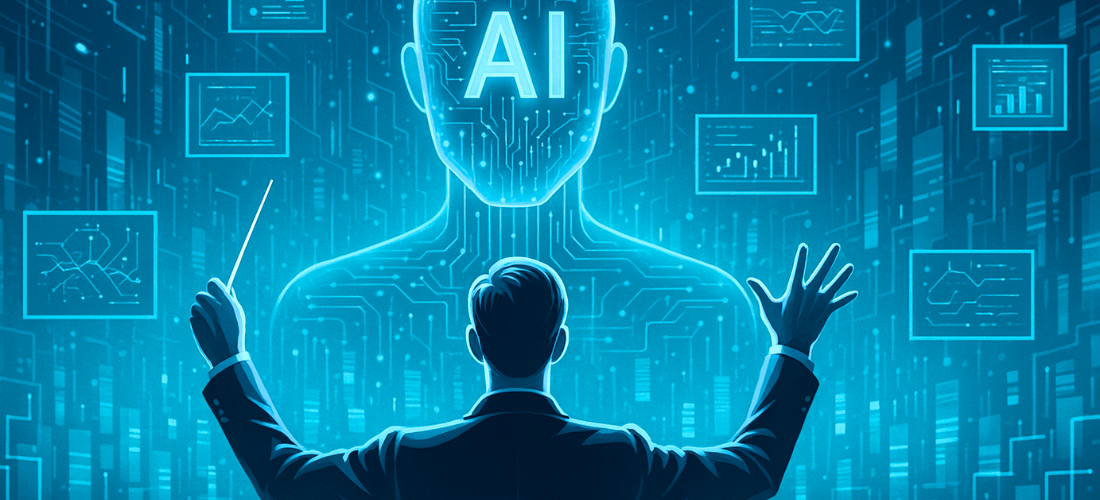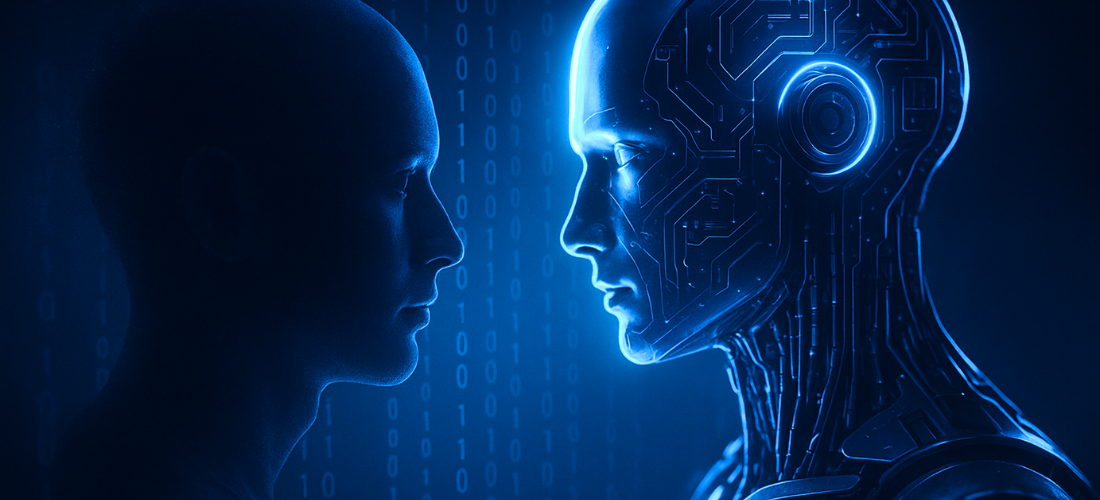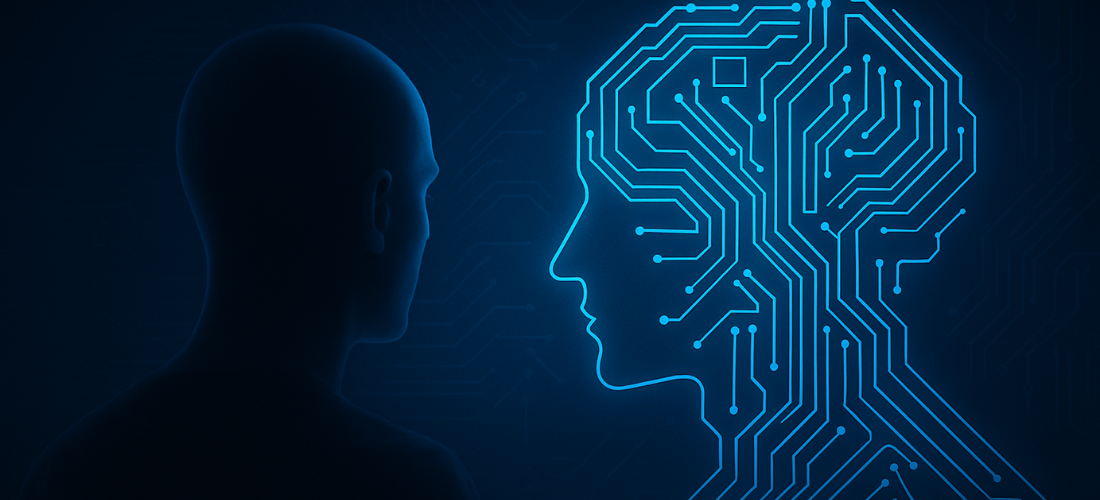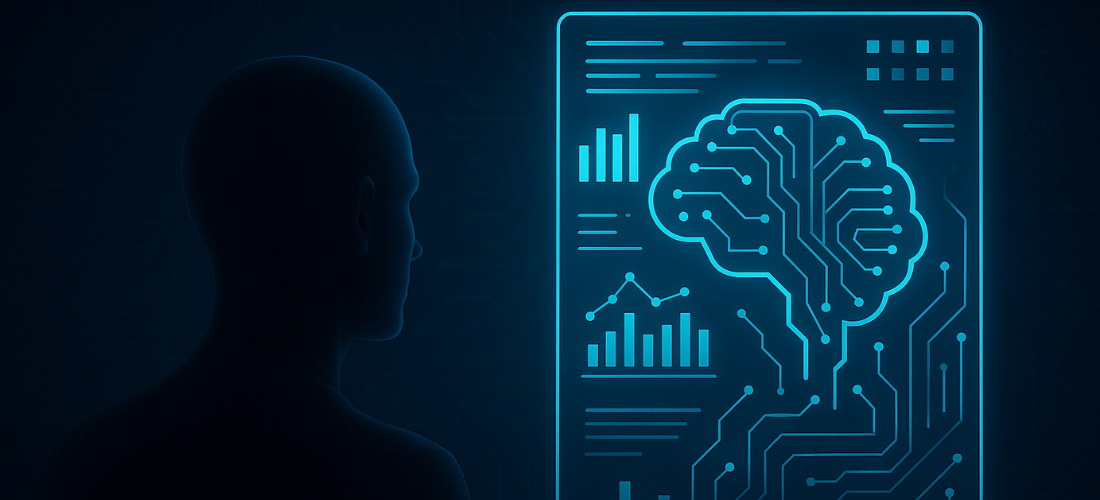
The Silent Storm: When Code No Longer Needs Humans
Across thousands of corporate repositories—often unnoticed by the outside world—there are no longer humans behind every line of code. At companies like Microsoft, it’s estimated that 30% to 40% of production code is already AI-generated. Meta expects that half of their codebase will be automatically written by next year.
What was once a craft reserved for brilliant minds is now being performed by predictive models that don’t sleep, don’t make syntax errors, and learn faster than any human ever could.
Does this mean developers are obsolete? Not exactly. But it does mean their role is evolving at a pace very few understand.

From Coder to Algorithmic Conductor
Recent research at the intersection of AI and software development agrees on one critical point: AI can now replicate tasks that once required years of training. From generating utility functions to designing full database schemas, today’s models can handle it in seconds.
This gives rise to a new type of engineer—someone who no longer writes every line, but instead designs hybrid systems where multiple AIs work under their direction. The human is no longer the one coding—they are the one thinking, directing, integrating, and validating.
The future isn’t about writing more code. It’s about knowing what should be done by AI, what needs human review, and how to make both work together efficiently.

What AI Still Can’t Do (and Probably Never Will)
Despite its exponential growth, AI is still limited by a trap of its own nature: it needs previous data. It learns from patterns, repeats structures, generalizes behavior. But when faced with something truly new, it falters.
Creating innovative algorithms, solving unprecedented problems, designing breakthrough products—that remains, and for a long time will remain, human territory.
In short: AI can write code. But it can’t imagine what hasn’t been built yet. And that is still our evolutionary advantage.

Obsolete Education, Uncertain Future
While AIs are learning to code in seconds, most universities still teach as if it were 2010. Curriculums have not evolved with the market, and many graduates are entering the field with tools already being replaced by automation.
Where’s the error? In training people to follow patterns instead of shaping strategists, system thinkers, and technical leaders capable of conducting an algorithmic symphony with human judgment.
The careers of the future won’t just teach how to code. They will teach how to think with, against, and through artificial intelligence.

How to Stay Indispensable in the Automation Era
In this scenario, those who survive won’t be the most technical—but the most adaptable. These are the skills that will keep you in the game:
- Integrate multiple AI tools, knowing their limits and strengths.
- Master critical validation, knowing when AI is accurate—and when it fails gracefully.
- Cultivate creative thinking and strategic vision to design what doesn’t yet exist.
- Lead hybrid teams, both human and automated, toward functional and ethical products.
Code is no longer your main strength. Your ability to imagine what AI can’t predict is your real superpower.

Conclusion: Reinvent or Be Replaced
The revolution has already begun. It wasn’t loud. It had no iconic moment. But it’s happening right now—in every company reducing dev teams with generative models, in every startup automating its MVP, in every line of code written by AI without anyone noticing.
The future of development isn’t about writing more code. It’s about understanding what to build, with whom—or with what—and how to lead this new era of technological creation.
Will you be part of the change, or part of what AI replaces?


